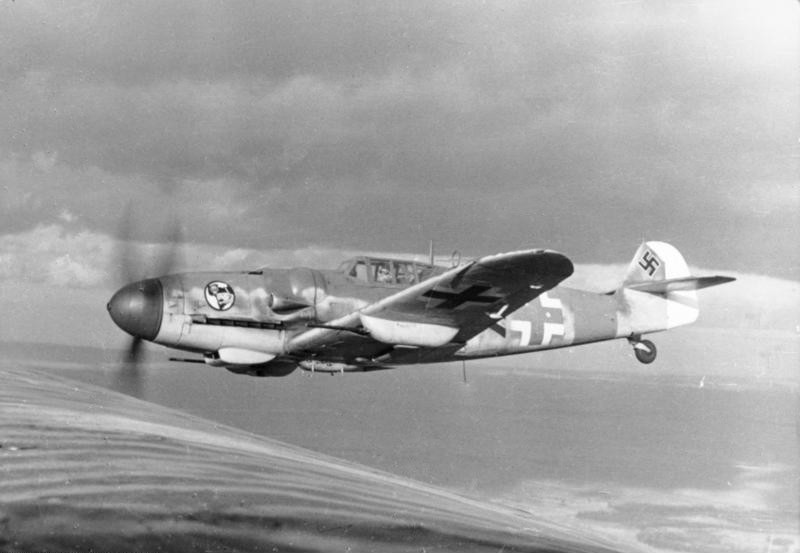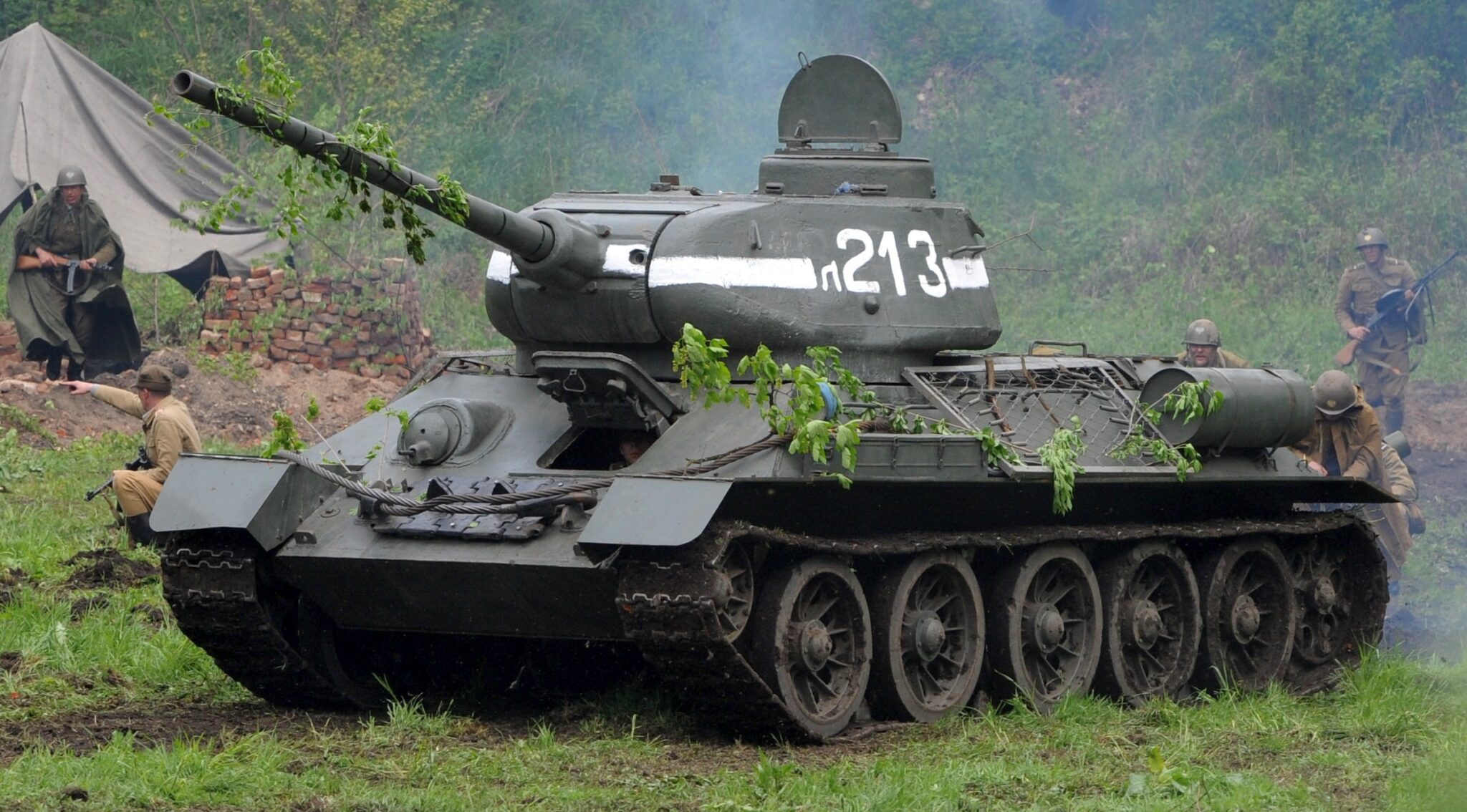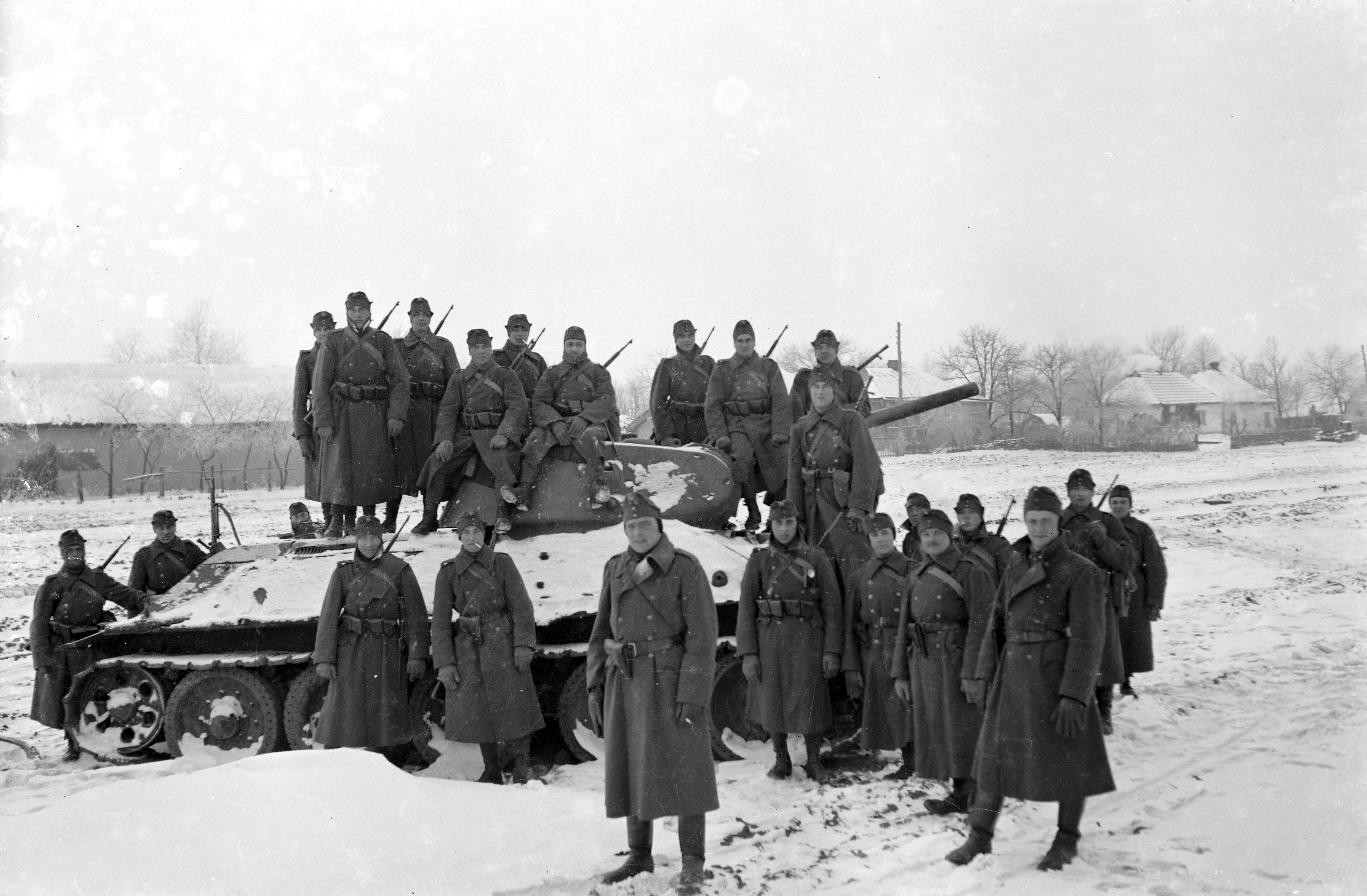
A magnetometer survey of the area revealed that the plane's engine was in the ground.Continue reading

Over the past 80 years, multiple attempts were made to recover a T-34 Soviet tank that slipped into the Tisza from a pontoon bridge near the present-day Belvárosi Bridge (Szeged, southern Hungary) at the end of 1944. Now, however, the long-planned project finally seems to be coming to fruition: a private person, the head of the Szeged Military Park, has indicated that they would remove the 80-year-old wreck from the river, but wish for the T-34 to remain in the city, Index reports.
There is no information on how many soldiers were in the five-man tank apart from the driver. It is certain, however, that there was no chance of escape as the tank sank into the riverbed with its turret pointing downwards. The 80-year-old wreck has since been lying in the Tisza, not far from the popular Lapos beach.
“The Szeged Military Park would bring the T-34 to the surface, one of the most influential tanks during the Second World War, at its own expense. I obtained all the permits from the Russian embassy to the water department, but I did not dare to start until I got it in writing that the wreck could become the property of the military park,” Nikolász Király told Index.
The head of the Szeged Military Park had already announced in 2017 that the tank would be recovered from the river. The initiative was met with great media interest and several divers and other technical experts pledged to help with the task. “A group of doctors also came forward who would have been on standby at the site,” said the military park manager.
However, recovering the tank, located at a depth of 21 meters in the riverbed, is neither cheap nor easy.
The plan was to use a barge for this purpose, but the operation could only be carried out if the water level was low, he added.
Under European law, anything deeper than one meter in the ground belongs to the state. Nikolász Király had earlier negotiated with the Hungarian National Asset Management Inc. (MNV), which did not prohibit the removal of the tank. Király made no secret of his wish to see this local historical piece remain in Szeged, adding that the Military Park would even pay for the tank.
According to the information available to the Institute and Museum of Military History, the authentication and condition assessment of the Szeged wreckage by diving has not yet been carried out.
Any work on the recovery of the wreckage must take into account a number of legal, professional, memorial, safety, and fire safety aspects, the Hungarian Defense Forces’ Press Office replied to Index‘s inquiry. They stressed that “the professional position of the institution is that the wreckage elements should be placed in a public museum collection, as they are part of the cultural heritage.” They added that the Institute remains committed to the preservation of cultural heritage and will continue to monitor developments concerning this type of debris.

Photo: Fortepan / Korner Veronika
When introduced, its 76.2 mm tank gun was more powerful than many of its contemporaries, and its 60-degree sloped armor provided good protection against anti-tank weapons. The T-34 had a profound effect on the conflict on the Eastern Front, and had a long-lasting impact on tank design.
Via Index, Featured image: Wikipedia/Cezary Piwowarski